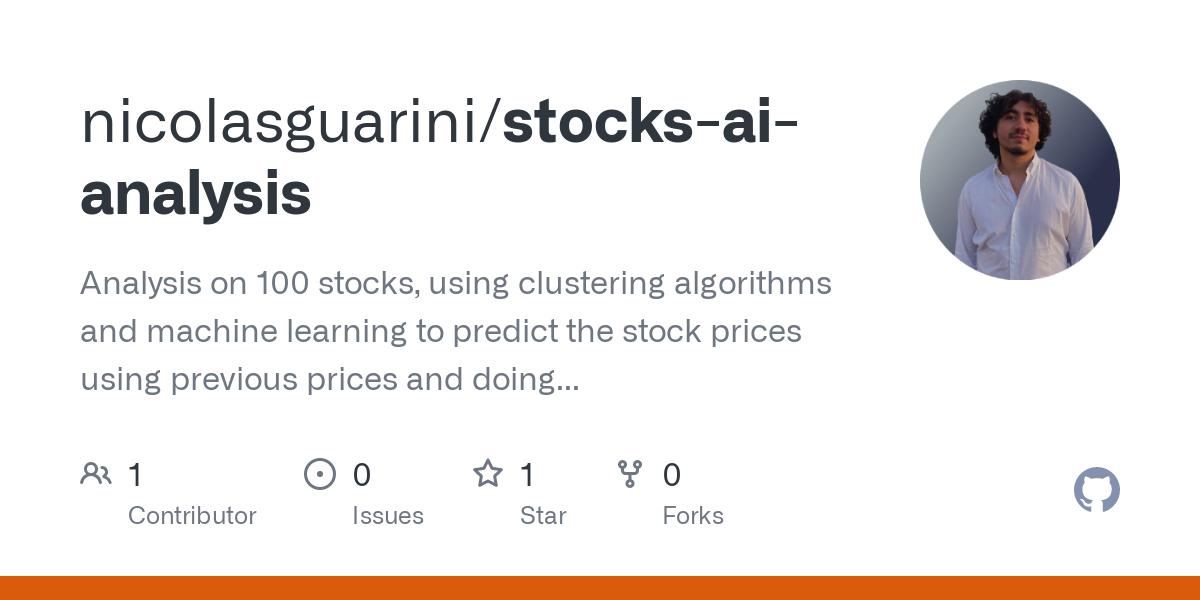Strategy customization is a crucial feature of AI platform for predicting and analyzing stocks that allow users to adapt the platform to their own specific goals in trading as well as their risk tolerance and market conditions. Platforms that offer a variety of customizable options can help you improve your trading. Here are 10 suggestions on how to assess the customizability of the platforms.
1. Evaluate Pre-Built Strategy Templates
A variety of templates: See whether the platform has a range of pre-built strategies that can be used for various trading styles (e.g. day trading, swing trading, and long-term investing).
Easy to use: Check the ease of use required to apply and alter these templates to meet your needs.
Performance history: Determine whether you have access to historical data of the performance of strategies that you have already built.
2. Examine the effectiveness of Custom Strategy Creation
Drag-and-drop tools: Find platforms that offer intuitive drag-and-drop interfaces for creating custom strategies.
Coding options: Find out whether the platform allows custom-made code (e.g., Python, R or other proprietary scripting languages) for advanced users.
Flexibility: You must be able to define the criteria for entry and exit as well as risk management parameters, and other components that are key to your plan.
3. Check for Backtesting Capabilities
Historical data: Determine whether you have enough data to backtest your strategies.
Customizable Parameters: You should be able to adjust parameters, such as indicators and timeframes during backtesting.
Performance metrics: Find out whether the platform has detailed performance metrics, for example, win rate (e.g. Sharpe ratio) drawdown, win rate and other metrics to determine if the strategies have been tried and tested.
4. Evaluate Real-Time Strategy Testing
Paper trading: Make sure the platform lets you simulate or test your strategies without putting any money at risk.
Live testing You can test your strategies on live markets using tiny amounts of capital in order to determine their performance.
Real-time adjustments - Check if you are able to alter your strategies at a moment's notice according to the market conditions.
5. Evaluate the integration using technical indicators
Check if there is an indicator library.
Custom indicators: Make sure you can import or create custom indicators to match your strategies.
Make sure the platform allows you to mix multiple indicators into complex strategies.
6. Check for Risk Management Tools
Stop-loss/take-profit: Ensure the platform allows you to set stop-loss and take-profit levels within your strategies.
Sizing your positions. Verify whether you have rules in place for the best way to handle your risk (e.g. an amount that is set per portfolio, percentage).
Risk-reward ratio: Examine the platform's support for setting risk/reward ratios for individual trades or strategies for trading.
7. Evaluate Multi-Asset Strategy Support
Asset classes: Make sure that the platform provides strategies that can be used for multiple asset classes.
Cross-asset strategies: Determine whether you can develop strategies that incorporate various asset classes (e.g. pairs trading or Hedging).
Market coverage: Find out whether the platform provides the services you need (e.g. US, international or copyright).
8. Review Automation and Execution
Automated trading: Make sure the platform allows automated execution of strategies that follow predetermined rules.
Order types: Determine if your platform supports different types of orders (e.g. market limits, limit and stop) to carry out your the strategy.
Latency: Make sure that the platform is running at low latency when trading, especially if employ high-frequency strategies.
9. Check for Strategy Optimization Tools
Optimization of parameters: Make sure the platform provides tools for optimizing strategy parameters (e.g., grid search or genetic algorithms).
Machine learning integration. Check whether your platform supports machine learning capabilities to enhance and improve strategies.
Scenario Analysis: Determine if the platform supports testing strategies for various market scenarios (e.g. bull bear, bear and volatile).
Review User Feedback
User feedback Conduct research on users to assess the effectiveness of the platform in customizing strategies.
Forums for community members: See whether you can locate forums where members discuss and share custom strategies.
Support sources. Check for tutorials or webinars available to aid you in the creation and optimization of your strategies.
Bonus Tips
Trial period: Test the customisation capabilities of the platform with a no-cost trial or demo.
Scalability - Ensure that the platform you choose is able to handle your evolving trading strategies.
Support for customers: Find out if the platform can provide support on strategy-related issues and questions.
Following these tips can help you assess the ability of AI trading platforms to tailor their strategies. You'll be able determine which platform best suits your trading needs and allows you to improve and implement your plan. A platform with flexible options for customization allows you to adjust to changes in market conditions and boost your performance. Take a look at the top trading ai examples for more advice including ai coin price prediction, invest in ai stocks, using ai to trade stocks, best copyright prediction site, investing ai, ai investing, ai stocks, ai bots for trading, ai copyright trading, ai stock trading app and more.

Top 10 Tips On Assessing The Transparency Of Ai Stock Predicting/Analyzing Trading Platforms
Transparency is a key factor when evaluating AI-driven trading as well as stock prediction platforms. Transparency allows users to be confident in the operation of the platform, comprehend the reasoning behind their decisions, and confirm the accuracy of predictions. These are the top 10 tips to determine the level of transparency in these platforms.
1. AI Models: A Simple Explaination
Tip: Verify that the platform clearly explains AI models and algorithms utilized for prediction.
The reason: Understanding the basic technology allows users to assess its validity and weaknesses.
2. Disclosure of Data Sources
Tip: Check if the platform makes public the data sources it uses (e.g. historical stock data, social media).
The platform uses reliable and comprehensive data when you have access to the sources.
3. Performance Metrics Results and Backtesting
Tip: Check for transparency in the performance metrics reported (e.g. accuracy rates or ROI), and backtesting outcomes.
Why: Users can verify the efficacy of a platform by looking at its previous performance.
4. Notifications, updates and real-time updates
TIP: Determine whether the platform is able to provide immediate updates and alerts about trading, predictions or system modifications.
What is the reason: Realtime transparency gives users continuous updates on critical actions.
5. Limitations and Open Communication
TIP: Find out if the platform is openly discussing the risks and limitations of its trading strategies.
What's the reason? Recognizing the limitations of an item builds confidence, which allows users to make better decisions.
6. Raw Data is Available to Users
Tip: Ensure that the users have access to the raw data that is used in AI models, or the intermediate results.
The reason: The raw data is accessible to anyone who wants to conduct their own analysis.
7. Transparency of Fees and Costs
Tip: Ensure the platform clearly outlines the costs for subscriptions, fees as well as any hidden charges.
Transparent pricing minimizes the chance of unexpected costs and increases confidence.
8. Regular Reporting and Audits
Check if a platform produces regular reports and undergoes external audits to check the efficiency of its operations.
Why independent verification enhances credibility and accountability
9. The ability to explain predictions
Tips: Make sure the platform offers information about how recommendations or predictions (e.g. importance of feature, decision tree) are made.
Why? Explainability allows users to gain insight into the rationale behind AI-driven actions.
10. User Feedback Channels and Support
Tips: Make sure the platform provides open channels for feedback from users and offers support. It is also important to determine whether it responds to user complaints in a manner that is transparent.
Why: Responsiveness in communication is a sign of commitment to openness.
Bonus Tip - Regulatory Compliance
Make sure the platform adheres to and is open regarding its compliance with the financial regulations. This adds an additional layer of transparency.
You can make educated decisions by assessing all of these aspects. Have a look at the best get more info for ai stock trading app for site advice including stock predictor, ai stock trading app, invest in ai stocks, best stock analysis app, ai for stock trading, ai investment platform, ai copyright trading bot, ai investing tools, ai stock trading app, copyright ai bot and more.
